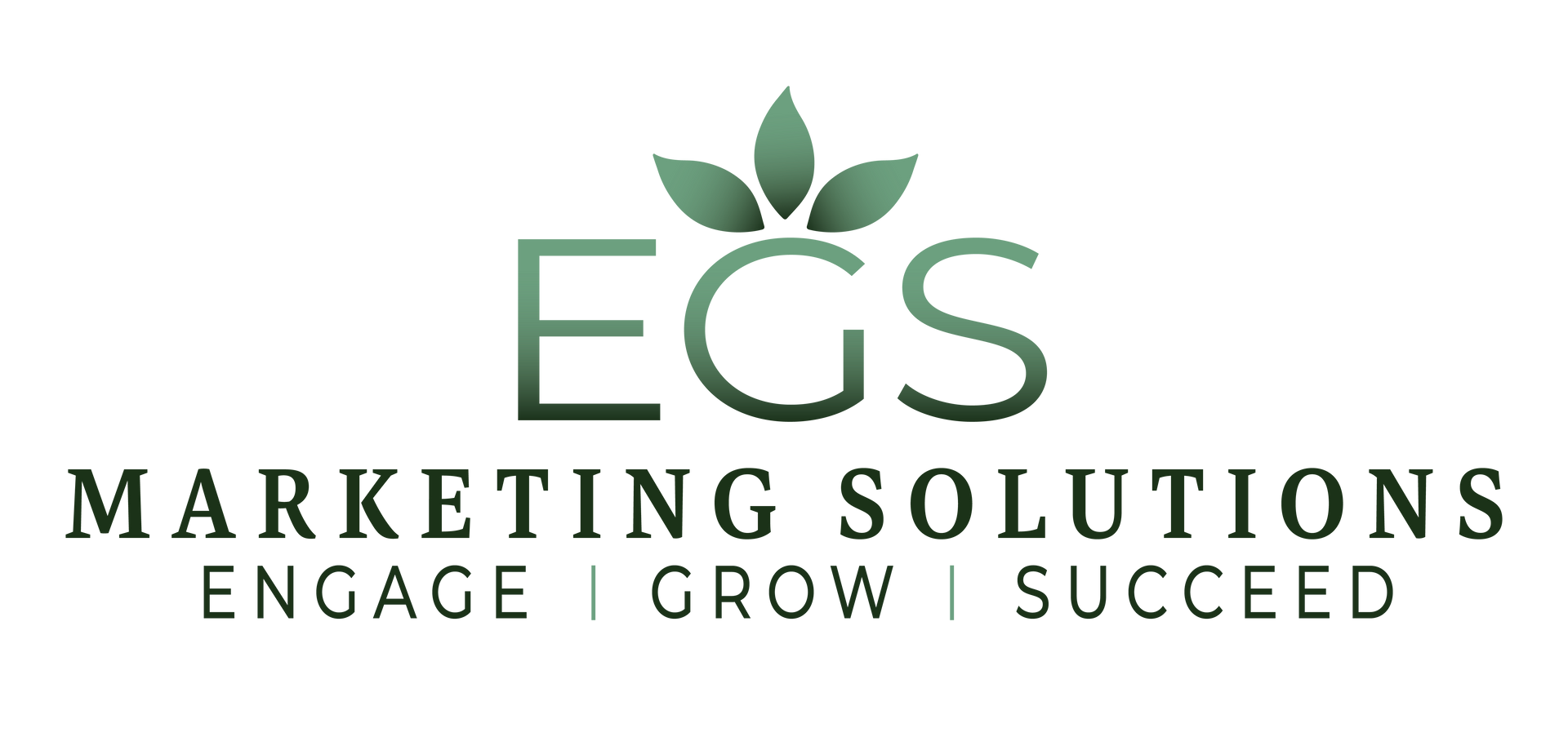What Makes Healthcare Marketing Different from Other Types of Marketing
With strict regulations, ethical considerations, and a longer decision-making process, healthcare marketing for your DPC practice requires a different approach.
This article breaks down what sets it apart and how you can adapt your strategy to grow your practice sustainably.
1. Strict HIPAA Compliance and Regulations
Healthcare marketing for your DPC practice isn’t like selling any typical product online or advertising a service. It comes with strict legal and ethical responsibilities.
Healthcare providers must follow HIPAA regulations which place tight restrictions on how patient information can be used in marketing. Under the
HIPAA Privacy Rule, any use of protected health information (PHI) for marketing requires explicit patient authorization, except in two cases:
- If the marketing happens face-to-face between the provider and the patient.
- If the marketing involves a promotional gift of nominal value (e.g., free samples or wellness brochures).
In simple terms, you can’t use a patient’s health information for marketing unless they give written consent and permission for you to do so.
For example, if you do email marketing, you need the patient’s permission to send personalized health reminders or promotions. If you include testimonials in any of your marketing channels,
be it social media or web copy, you should seek their permission to post patient photos, videos, or treatment details.
Beyond HIPAA, you must also be cautious about
fraud and abuse laws, including anti-kickback and self-referral regulations. The HIPAA Privacy Rule does not override federal or state laws on these issues.
Why Compliance Matters Even in Digital Marketing
Beyond the law, Google’s search policies also make healthcare marketing for your DPC practice different.
Healthcare is a subject that falls under
YMYL, a classification that Google gives to topics that can significantly impact a person’s health, financial stability, or safety.
This means Google holds healthcare content to a higher standard than regular marketing content. Misleading claims, misinformation, or non-compliant marketing tactics can hurt search rankings, lead to manual actions/penalties, and even removal from search results.
If you’re thinking about running ads, you should also know that Google enforces heavily regulated advertising policies for healthcare and medicine, restricting certain services, medications, and treatments.
It's not uncommon for healthcare ads to get disapproved for violating
Google's strict advertising guidelines. Avoiding this means ensuring your ad copy, messaging, and overall content comply with certification requirements.
Authority and credibility matter more than ever when you’re marketing healthcare services—which is why HIPAA compliance, accurate information, and ethical marketing practices are non-negotiables.
2. You’re Not Just Selling, but Building Trust
A Shorter sales cycles and quick conversions are typical for industries like, say, retail or event ticketing, where people make decisions based on price, convenience, and immediate need rather than long-term relationships.
It’s wholly different from healthcare. It’s not a one-off purchase, but a deeply personal, life-impacting decision. And when it comes to something as relatively new as Direct Primary Care (DPC), marketing relies on educating and guiding potential patients through every step of the decision-making process.
At first, you may rely on friends, family, and word-of-mouth referrals—the easiest kind of trust to build. But the real challenge comes when you start reaching beyond your immediate network. Many potential members aren’t familiar with the DPC model, and you’ll need to clearly explain how you provide care without insurance.
Skepticism is natural. Your marketing needs to ethically and proactively address these concerns by:
No false promises and misleading claims
In unregulated markets, like luxury skincare, brands often get away with using phrases like “clinically proven” or “dermatologist approved.” While these claims may have some truth, they’re often selectively presented to sound more convincing than they actually are.
A product might be "clinically tested", but on a small sample size with no peer-reviewed research. In healthcare, this kind of marketing borders on misleading. It preys on “consumer psychology” to create a perception of value.
This should not be the case with healthcare marketing because actual people’s lives are on the line. Focus on honesty and transparency in your marketing materials.
Put patients at the center of your messaging
Say you’re the first DPC practice in a particular area—maybe a small town like Thorndale, Texas. You proudly announce that you’ve “revolutionized healthcare” in your community. So what? What does that actually mean for your potential patients?
While this kind of messaging might spark curiosity, it’s not compelling enough to make someone switch to DPC. Your marketing should always center around your patients—not just your practice. Instead of just saying you’re different, show them how it benefits them.
Stop chasing quick wins—focus on educating your prospects at every step of the journey, whether that’s through newsletters, blog posts, infographics, reels, whatever.
The more consistently you’re able to communicate this value to your potential patients, the more they’ll see it and see the value in making the switch. It doesn’t always happen right away, but when the time is right for them, and they understand your value, it will be an obvious yes.
3. DPC Marketing is Unique because It’s Membership-Based
Most people see healthcare as an ingrained system of copays, deductibles, and surprise bills. You pay into insurance, yet still pay again when you actually need care. It’s so familiar that many can’t imagine another way.
But what if primary care worked more like a Netflix subscription?
This is the USP (Unique Selling Proposition) of DPC and you need to consistently emphasize its uniqueness in all your marketing efforts.
But with this new model comes objections from your prospect, so you have to anticipate questions like:
- How is DPC so affordable? What's the catch?
- What’s included in the membership?
- How long do I have to wait for an appointment?
- What if I want to cancel? Is there a contract?
- What if I don’t need all the services in the membership?
- Will I see the same doctor every time?
- Are home visits an option?
- How much time do I actually get with my doctor?
- Are appointments, labs, and tests included?
- Can I keep my insurance and still join DPC?
- Do I need pre-authorization for anything?
- What if I need to see a specialist?
The job of your marketing is to answer these concerns clearly, specifically, and transparently.
4. Building a Brand is Second to None
Building a strong brand is just as important as your services. Remember, you’re not offering any other healthcare, but an alternative to the traditional system. And if people don’t recognize, trust, or understand your brand, they won’t take the leap.
Branding goes beyond just a logo, tone of voice, or color scheme, though these are important. What’s crucial is how people perceive your practice. This perception is shaped by your messaging, your consistency, and how often you show up to provide your prospects with value. Building a brand means putting yourself out there:
- Join networks, healthcare forums, and physician groups online to build credibility.
- Engage in conversations by commenting on LinkedIn healthcare discussions, participating in Twitter (X) chats, or joining Clubhouse rooms about healthcare reform and direct care models. Share your insights to build authority.
- Practice content marketing by publishing side-by-side comparisons of DPC vs traditional healthcare, creating patient-friendly breakdowns of costs, benefits, and common misconceptions to simplify decision-making.
- Partner with local businesses to expand reach: work with gyms, wellness centers, restaurants, and other small businesses to offer exclusive deals for their members and cross-promote your services
- Be seen and heard in the healthcare space by participating in industry events. Apply to speak at DPC summits, contribute guest articles online, or join healthcare webinars alongside other providers.
Conclusion
Being more than just a doctor will help your DPC grow and prosper. You must be willing to step into becoming a recognizable, trusted voice in the space. And the more consistently you show up, the more trust is built.
Think of marketing healthcare services like relationships: You don’t propose on the first date—you show up consistently, text good morning, plan thoughtful dates, and remember their favorite coffee order. Over time, they start to trust you, rely on you, and see you as a constant in their life.
If you’re ready to take your DPC marketing to the next level,
EGS Marketing Solutions can help. Let’s build a strategy that gets you seen, heard, and trusted.
Reach out for a free 60-minute strategy session today!


All Rights Reserved | EGS Marketing Solutions
All Rights Reserved | Amplify DPC Marketing









